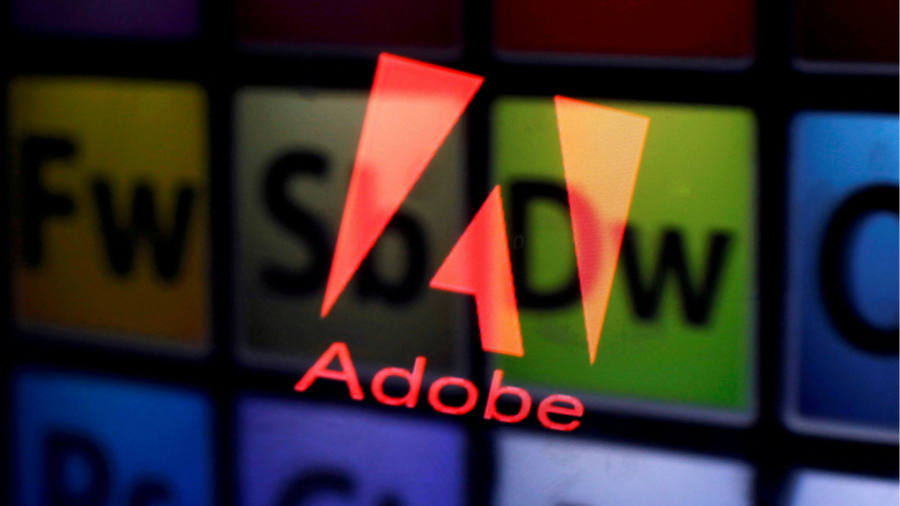Adobe’s big bet on the future with Figma acquisition

How can a company that leads in one technology switch horses to a disruptive new thing that may be about to consume its market? And how much financial pain is it worth taking in the short term in the hope of securing a bigger piece of the future?
These perennial questions for the tech industry have been given a fresh twist by Adobe’s startling agreement last week to buy design software company Figma. At $20bn in cash and stock, it was the largest amount ever offered for a private US tech company — though the sharp 23 per cent slide the news induced in Adobe’s share price has since pushed the deal’s value below Facebook’s $19bn purchase of WhatsApp.
The stunning price flies in the face of stock market reality. While the average cloud-based software company is trading at below 10 times annual recurring revenue, Adobe is paying 50 times. The challenge is to show it is also a rationale response to a giant new market opportunity, not the desperate lunge of a company that has run out of options.
Adobe has been here before. In 2011, running out of room to grow in the market for selling desktop software to professional designers, it was one of the first software companies to gamble on cutting off sales of packaged software and moving to the cloud in pursuit of growth. The bet paid off, making Adobe an example for the entire software industry in how to navigate the cloud transition. According to analysts at Goldman Sachs, a decade ago Wall Street saw the move as mainly just a way to sell extra design software to Adobe’s existing 12mn-13mn customers: instead, user numbers for Adobe’s Creative Cloud — which includes Photoshop — have risen to more than 30mn.
Figma is riding a new wave of disruption. This time, it involves software designed from the ground up to run in a browser, with collaboration between groups of workers a central feature. Although the web-first approach sacrificed something in terms of quality, it gave existing customers new ways to use design software and opened the market up to a lot more users, as the cloud had before. It also appealed to a new generation of users who had grown up on the web.
In the design world, Figma has not even been the most notable exponent of this browser-based revolution. The Australian design software company Canva has looked like a more direct long-term threat to Adobe’s mainstream design business.
The gamble, as often when new generations of technology appear, is that the new market will end up being much bigger than the old one. But this often means offering lower-priced versions of a product or letting some customers use the product for free. Adobe was already moving in this direction, announcing a “freemium” version of its software last year aimed at taking on Canva.
When it moved to the cloud, Adobe succeeded in convincing Wall Street it was worth taking a dent to revenues over a number of years to break into a new market. But if Adobe’s management thought its past success would give it an easy ride with investors, it badly misread the room.
One reason is the higher level of risk it is taking on with a giant acquisition. Like most disrupters, Figma built its culture around challenging the incumbents. To now join forces brings an inevitable clash of cultures that, if not managed right, could lead to the loss of both workers and customers. Also, grafting its existing design tools on to Figma’s collaboration platform throws up technical and sales integration challenges.
There is also a risk that antitrust regulators will try to intervene. There is some product overlap, though Adobe’s relative weakness among the product designers Figma appeals to means this is unlikely to be a deal-breaker. More of a threat will be if regulators see Adobe’s move as a way to take out a competitor. In that regard, the purchase has similarities with Facebook’s acquisition of Instagram and WhatsApp, and Google’s takeover of YouTube. With hindsight, some regulators have regretted waving these deals through, and even suggested they should be unpicked.
Above all, there is the question of timing. Adobe’s big bet on the future has run headlong into a profound mood shift among tech investors. Buying growth is no longer in fashion, and if a tech slowdown is coming, crimping Figma’s expansion, it will be all the more painful. Tech disruption, however, doesn’t slow down when the economy turns. For Adobe’s bruised shareholders, there may be little choice.